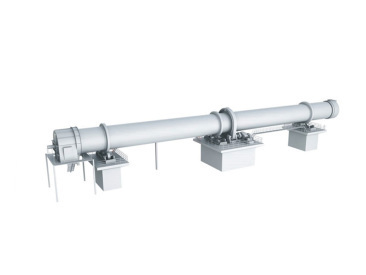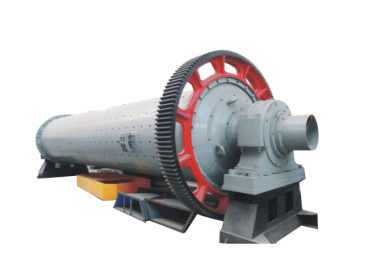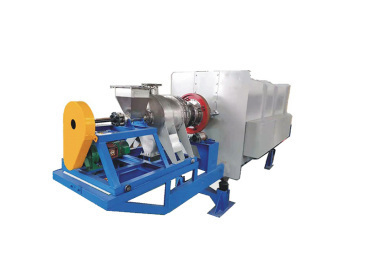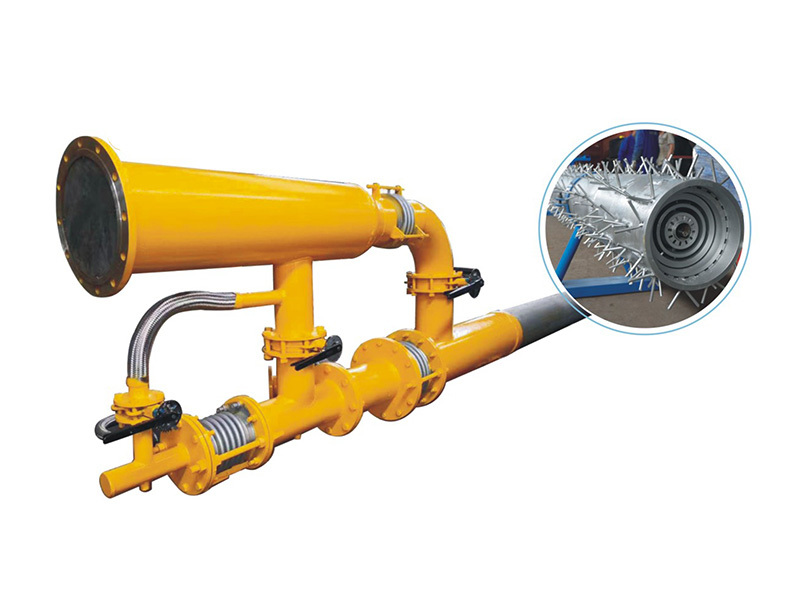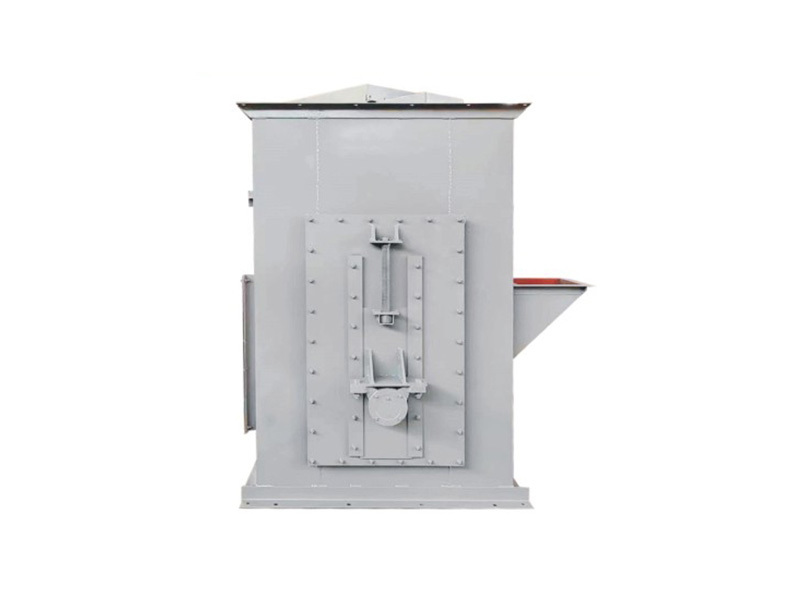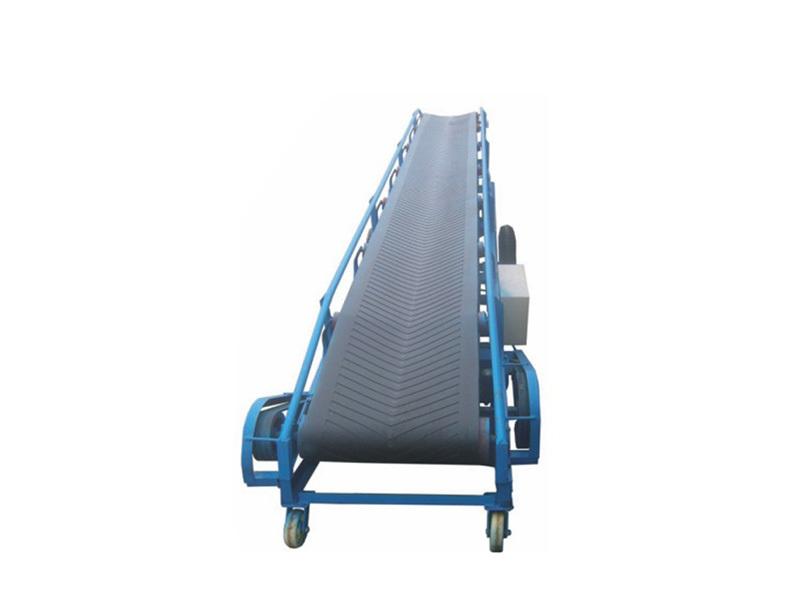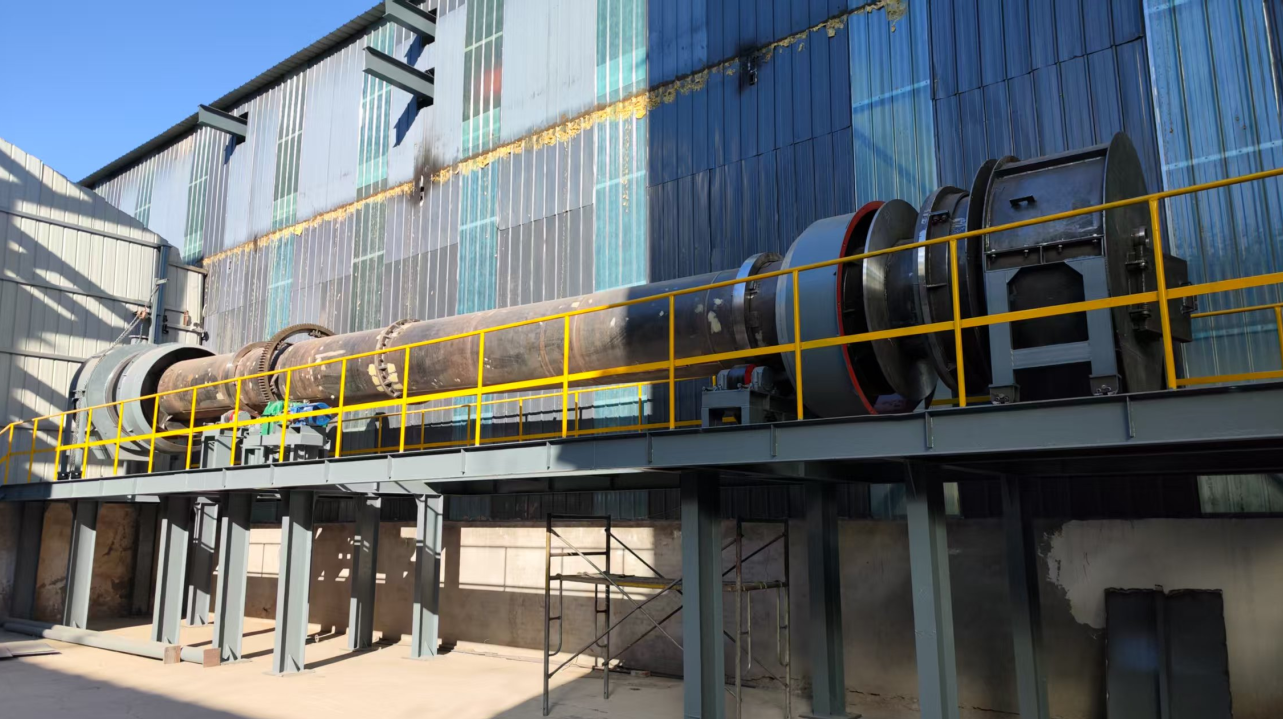Understanding the Essential Components of a Rotary Kiln: A Comprehensive Guide
Understanding the Essential Components of a Rotary Kiln: A Comprehensive Guide
Rotary kilns play a crucial role in various industrial processes, particularly in the manufacturing of construction materials. Understanding the components of this vital machinery can significantly impact operational efficiency and product quality. This article serves as an in-depth exploration of the rotary kiln's comp
Understanding the Essential Components of a Rotary Kiln: A Comprehensive Guide
Rotary kilns play a crucial role in various industrial processes, particularly in the manufacturing of construction materials. Understanding the components of this vital machinery can significantly impact operational efficiency and product quality. This article serves as an in-depth exploration of the rotary kiln's components, their functions, and their importance in the overall operation.
Table of Contents
1. Introduction to Rotary Kilns
2. The Key Components of a Rotary Kiln
2.1 The Kiln Shell
2.2 The Burner System
2.3 The Support Rollers
2.4 The Girth Gear and Pinion
2.5 The Kiln Lining
2.6 The Drive System
2.7 The Feed and Discharge End
2.8 The Cooling Zone
3. Operating Principles of a Rotary Kiln
4. Importance of Each Component
5. Maintenance and Troubleshooting
6. FAQs about Rotary Kilns
7. Conclusion
1. Introduction to Rotary Kilns
Rotary kilns are large cylindrical vessels that rotate on their axis, commonly used for the calcination of materials in the cement industry, lime production, and the creation of various construction materials. The rotation aids in the uniform heating of the materials, facilitating chemical reactions that transform raw inputs into finished products.
2. The Key Components of a Rotary Kiln
Understanding the components of a rotary kiln is essential for optimizing its operation. Below are the major parts that constitute this sophisticated machinery.
2.1 The Kiln Shell
The kiln shell is the outer cylindrical structure that encases the internal components. It is usually made of steel plates and is designed to withstand high temperatures and the mechanical stresses associated with the kiln's rotation. The integrity of the kiln shell is vital for maintaining the kiln's operational efficiency.
2.2 The Burner System
The burner system is responsible for the combustion of fuel, generating the heat necessary for the chemical transformations within the kiln. Proper design and operation of the burner system are crucial in achieving optimal fuel efficiency and maintaining the desired temperature within the kiln.
2.3 The Support Rollers
Support rollers allow the kiln to rotate smoothly. These rollers are typically placed underneath the kiln and are designed to support the weight of the kiln while minimizing friction. The alignment and condition of the support rollers play a significant role in the kiln's operational stability.
2.4 The Girth Gear and Pinion
The girth gear and pinion are essential for transmitting torque from the drive system to the kiln shell, enabling its rotation. The girth gear is mounted on the kiln shell, while the pinion is attached to the drive motor. Proper maintenance of these components is crucial for ensuring efficient operation.
2.5 The Kiln Lining
The kiln lining is the inner surface of the kiln that protects the kiln shell from high temperatures and abrasive materials. The lining material must be carefully selected to resist wear and thermal shock, as it directly affects the kiln's longevity and efficiency.
2.6 The Drive System
The drive system comprises the motor, gear reducer, and coupling that work together to facilitate the kiln's rotation. The efficiency of the drive system is essential for maintaining the desired rotational speed, impacting the overall effectiveness of the kiln's operation.
2.7 The Feed and Discharge End
The feed end is where raw materials enter the kiln, while the discharge end is where the finished product exits. Both ends require precise design to ensure optimal flow and minimize material loss during the process.
2.8 The Cooling Zone
The cooling zone is an area where the finished product is cooled before it is discharged. This component is critical for preventing thermal shock to the finished product and ensuring quality control.
3. Operating Principles of a Rotary Kiln
A rotary kiln operates on the principle of countercurrent heat exchange, where the hot gases flow in the opposite direction to the material being processed. This method enhances heat transfer efficiency and promotes uniform heating of the materials. The rotation of the kiln, combined with the thermal energy from the burner system, facilitates the chemical processes needed to produce construction materials.
4. Importance of Each Component
Each component of a rotary kiln serves a unique purpose that contributes to the kiln's overall performance. Understanding the importance of these components allows for better maintenance practices, enhancements in operational efficiency, and ensures high product quality. Regular inspections and timely replacements of worn-out components can significantly extend the kiln's lifespan and reduce operational costs.
5. Maintenance and Troubleshooting
Routine maintenance is critical for the longevity and efficiency of a rotary kiln. Key maintenance practices include:
- **Regular Inspections:** Conducting visual inspections to check for wear and tear, misalignments, or any signs of damage.
- **Lubrication:** Ensuring that moving parts such as the support rollers and drive system are adequately lubricated to minimize friction.
- **Temperature Monitoring:** Keeping track of temperature readings to ensure the burner system is functioning properly and the kiln operates within the desired temperature range.
When troubleshooting, common issues such as improper rotation speed, temperature fluctuations, or unusual noises should be addressed promptly to prevent further complications.
6. FAQs about Rotary Kilns
What is the primary function of a rotary kiln?
A rotary kiln primarily functions to heat and transform raw materials through a series of chemical reactions, typically used in cement and lime production.
How does the kiln lining affect performance?
The kiln lining protects the shell from high temperatures and abrasive materials, impacting the kiln's operational efficiency and lifespan.
What types of fuels are used in rotary kilns?
Common fuels for rotary kilns include natural gas, coal, oil, and alternative fuels such as biomass or waste materials.
How often should a rotary kiln be maintained?
Routine maintenance should be conducted at regular intervals, with visual inspections performed frequently, while major overhauls may occur annually or biannually depending on usage.
What are the signs of a failing support roller?
Signs of a failing support roller include unusual noises during operation, misalignment of the kiln, and excessive wear on the rollers themselves.
7. Conclusion
Understanding the components of a rotary kiln is essential for optimizing its performance and ensuring the production of high-quality construction materials. Each component plays a critical role in the kiln's overall operation, and regular maintenance is key to maximizing efficiency and longevity. By familiarizing ourselves with these components, we can enhance operational practices, improve productivity, and ensure consistent quality in our manufacturing processes.
Recommend Content
Understanding the Essential Components of a Rotary Kiln: A Comprehensive Guide
Understanding the Essential Components of a Rotary Kiln: A Comprehensive Guide
Rotary kilns play a crucial role in various industrial processes, particularly in the manufacturing of construction materials. Understanding the components of this vital machinery can significantly impact operational efficiency and product quality. This article serves as an in-depth exploration of the rotary kiln's comp






